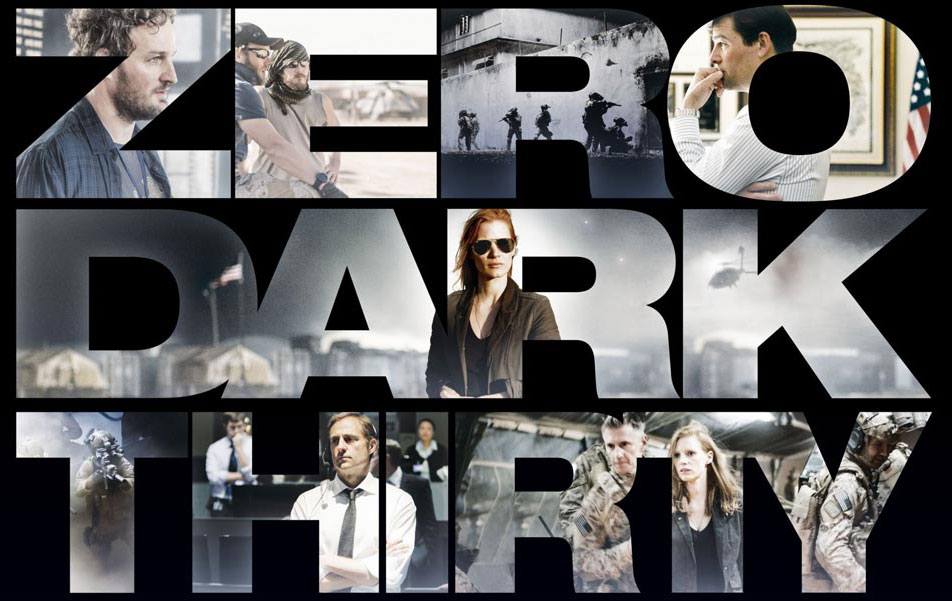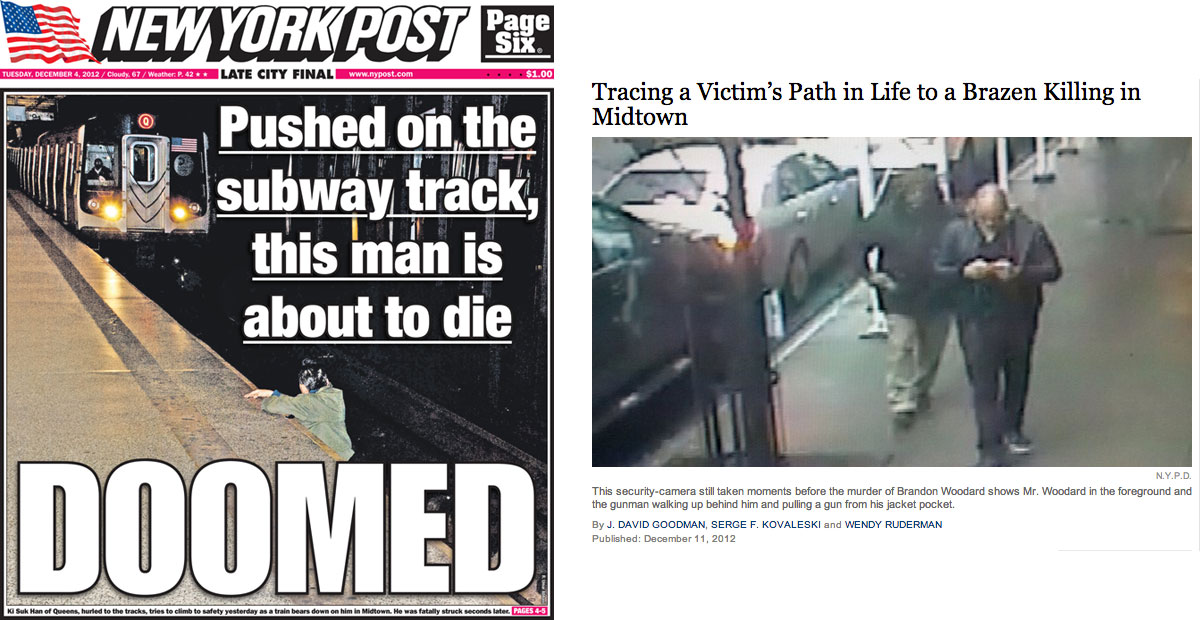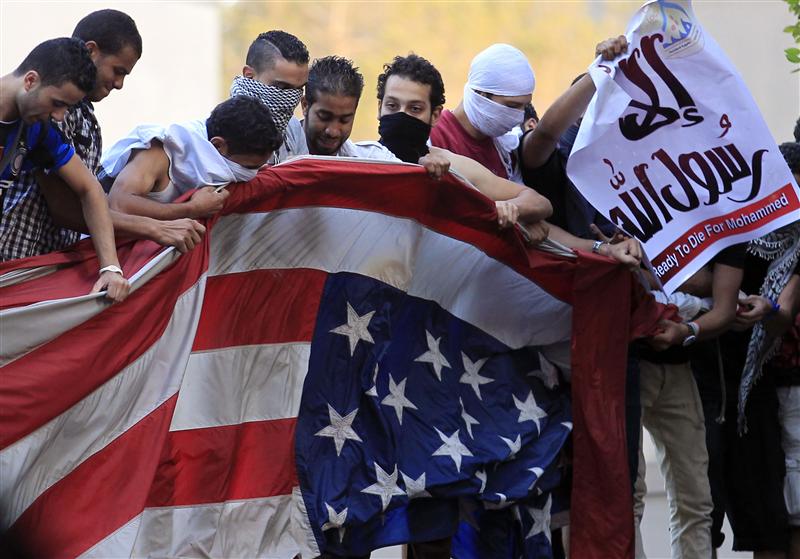 The Department of Justice (DOJ) recently subpoenaed the telephone records of approximately 100 reporters working for the Associated Press (AP) in an effort to find out who, within the current administration, leaked national security information to the AP. In case you haven’t noticed, this is a big deal for journalists everywhere. Journalists take very seriously their role in serving as a check and balance to the power of government…and for government to curtail journalists’ power is a very serious matter. On the other hand, when national security is at stake, it makes sense that government be able to restrict the flow of information that could jeopardize the safety of those who protect us from those who want to do us harm.
The Department of Justice (DOJ) recently subpoenaed the telephone records of approximately 100 reporters working for the Associated Press (AP) in an effort to find out who, within the current administration, leaked national security information to the AP. In case you haven’t noticed, this is a big deal for journalists everywhere. Journalists take very seriously their role in serving as a check and balance to the power of government…and for government to curtail journalists’ power is a very serious matter. On the other hand, when national security is at stake, it makes sense that government be able to restrict the flow of information that could jeopardize the safety of those who protect us from those who want to do us harm.
Even without considering the political implications this is complicated and this little blog post cannot begin to get to the bottom of the story. However, it is an important issue that you should pay attention to assuming you want to be an informed citizen and an informed consumer of news. Remember, the AP is an important institution that serves our democratic ideal by helping us, the voters, understand the issues at hand. If the AP and similar non-partisan news institutions are not permitted to do their job, we all suffer and we become vulnerable to political tyrants who will stop at nothing to advance their agendas.
Gary Pruitt, speaking for the AP, claims that the actions taken by the current administration and the DOJ are unconstitutional and will result in harm to journalism as sources and whistle-blowers are already beginning to withhold information for fear of governmental reprisal. This intimidation of journalists by the DOJ on behalf of the current administration should be cause for concern for those who believe in the power of the press to reign in the abuse of political power. Remember, the press is supposed to be a watch dog on the prowl to protect the citizenry; not the lap dog of those in power.






